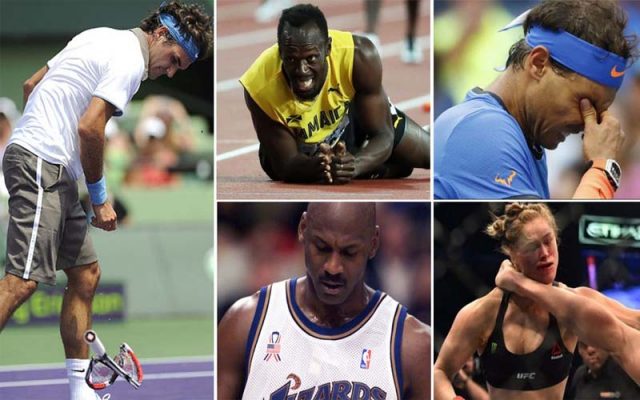How it is Bad to have Male Privilege in Sports – The Unequal Battle

What is patriarchy in feminism?
Patriarchy refers to male domination in both public and personal spheres. Feminists mainly use the term ‘patriarchy’ to explain the facility relationship between men and ladies.
How is patriarchy still practiced today?
In more recent times there have been positive shifts in attitudes, legally and socially however, patriarchy still lives on, in unequal wages between males and females that stop equal access to opportunities, failure to talk about women’s achievements, unequal distribution of household tasks, and defined gender roles,
Why is there patriarchy?
An early theory in evolutionary psychology offered evidence for the origin of patriarchy which starts with the view that females nearly always invest more energy into producing offspring than males, and thus in most species females are a limiting factor over which males will compete.

In sport, of course, the premise is that they do. Sport’s governing bodies exist to make sure that athletes reach the start with a good chance. They seek to enforce fair play with a listing of rules. And yet, this role of the enforcer is increasingly problematic, particularly in reference to women and sport. In seeking to define the boundaries of womanhood – our genetics, our apparel, our most intimate parts and experiences – women are being policed. Worryingly, the very rules designed to guard us are getting our oppressors.
Women Reproductive health and illegal drug use Research from both Western and non- Western contexts has shown that female athletes are less likely to exhibit risky sexual behavior. For example, they were shown to possess fewer sexual partners and were more likely to use contraception than their counterparts who didn’t participate in sports. Research among young women in South Africa indicated that athletes from one sample were more likely to possess fewer children than non-athlete females from an equivalent region. Evidence from among young women in high-income countries shows that female athletes are less likely to consume drugs (such as cocaine, marijuana, etc.) than non-athletes.
Opportunities for ladies and girls’ leadership and achievement Evidence from developing countries indicates that some sports programs provide women and girls with opportunities to develop leadership skills. The Moving the Goal Posts Kilifi program (MTGK) in Kenya provides opportunities for participants to compete and train, also as participate directly in developing the organization and overseeing governance. In both the MYSA and MTGK girls’ football programs, the provision of possibilities to develop specialized skills in coaching, refereeing, training, league organization as well as access to information on health and peer education is of great value to the participants of those programs. Exposure to competing internationally is seen to feature a lift to public recognition of the talents that ladies and girls can develop through sport.
Challenging and transforming gender norms Most research that examines the relationship between sport and gender refers to the transformative potential of sport to challenge or alter gender norms. ‘Gender norms’ ask the responsibilities and privileges assigned to men and ladies. Although the participation of girls and girls in sport remains largely imbalanced in comparison to participation among men and boys, most researchers are in agreement that the consistent and continued participation of girls and girls in sport has had a serious impact on achieving gender equality in certain contexts.








